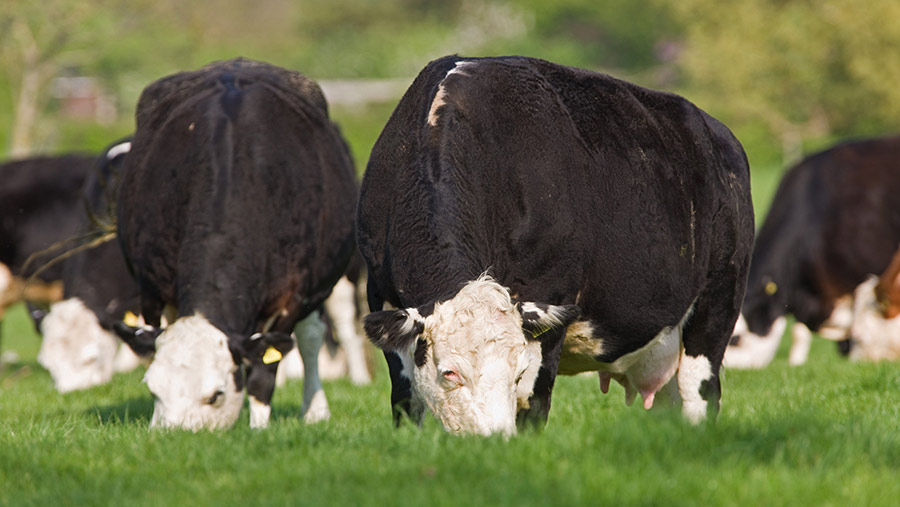FW Opinion: Dairy could hold keys to more profitable beef
 © Tim Scrivener
© Tim Scrivener “Nobody will be able to afford to keep a Limousin cow in the future,” a well-known farmer said to me this week.
Although currently enjoying top prices in the marketplace, the national herd of beef breeds is shrinking and the cost of rearing a beast to finishing is still painfully high for many farmers.
They are among the sectors forecast to be worst affected by the decline in direct support payments.
“It’s not the cow, it’s the how” is a saying that seems to be deployed ever more frequently in these sorts of debates.
It is often used by those who advocate that cattle can play a role in helping to tackle climate change when referring to management techniques that see them limit their emissions or potentially even sequester carbon.
See also: FW Opinion: Rewilding will be a business decision
It sprang to my mind again this week when I learned of the new “Maternal Matters” campaign from the AHDB.
Launched this week, it will attempt to nudge beef producers to focus more on improving dam performance than carcass traits as a way of improving profitability.
Chief among these is another push to get heifers served earlier so they can calve at two years old – something only a little more than one-third of UK beef herds are currently achieving.
There will also be a more widespread effort to promote overall cattle fertility by improving selection and management.
Privately, some farm advisers are dismissive of sheep and beef when compared with the more business-focused dairy sector, where such practices are already more common.
They see them as second-rate sectors inhabited by many businesses that are doomed to buckle as subsidy support is withdrawn.
While dairy farmers grumble about their meddling milk buyers on occasion, I think the more frequent direct interaction with their customer often helps them hone their businesses to mutual advantage.
Regular feedback about what is needed and why gives a business focus and an incentive to make changes.
This can be seen in the tremendous strides the industry has made to end bull calf culling through increased use of sexed semen and better beef sires, for example.
Could the answer ultimately be that the beef and dairy sectors need to work even more closely together to their mutual benefit, rather than as rivals for the beef market?
It’s not so long ago that a greater proportion of beef dams came from dairy cows, including the beloved Hereford cross Friesian that sadly dwindled as dairy cows became even more specialised.
Finding a way to bring back that level of collaboration could be a source of the additional maternal genetics that the beef sector seems to need, and is aligned with traits that dairy farmers focus on.
It could also negate the need for the typically smaller beef herds to have access to at least two bulls – one for breeding females and another for a terminal cross. This is an expensive cost to bear for someone with 30-50 cows.
Regen agriculture is often decried as “going back to the future”, but old and new ideas will be needed as farmers of all types tackle the momentous shifts scheduled for farming over the next decade.
This is the task the Farmers Weekly Transition project is dedicated to help with.
We’ll be exploring more of these topics in the first of our Transition Summits – a five-part webinar series that kicks off next week.
You can sign up online to watch live or on catch-up – I hope you enjoy it.

